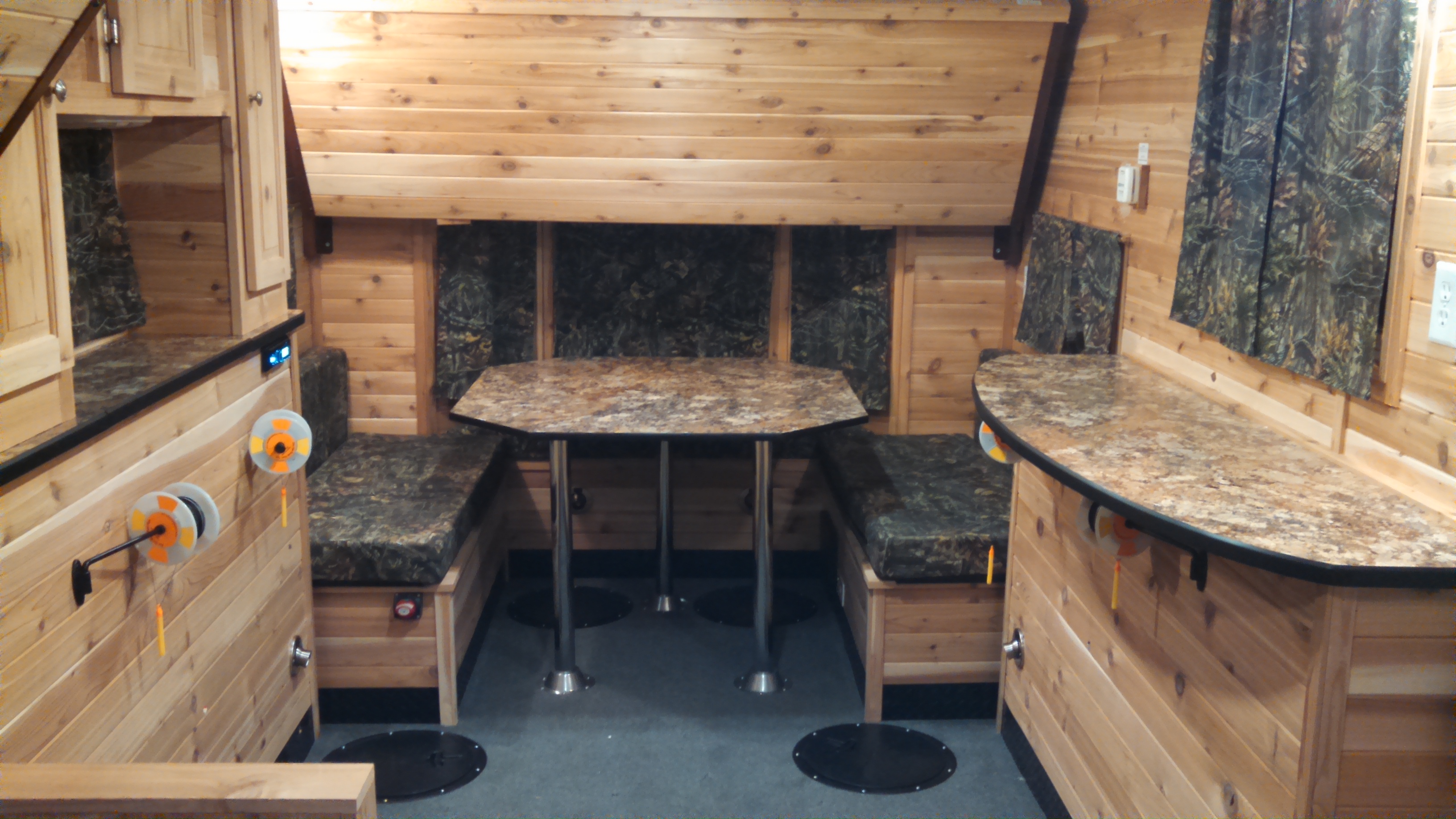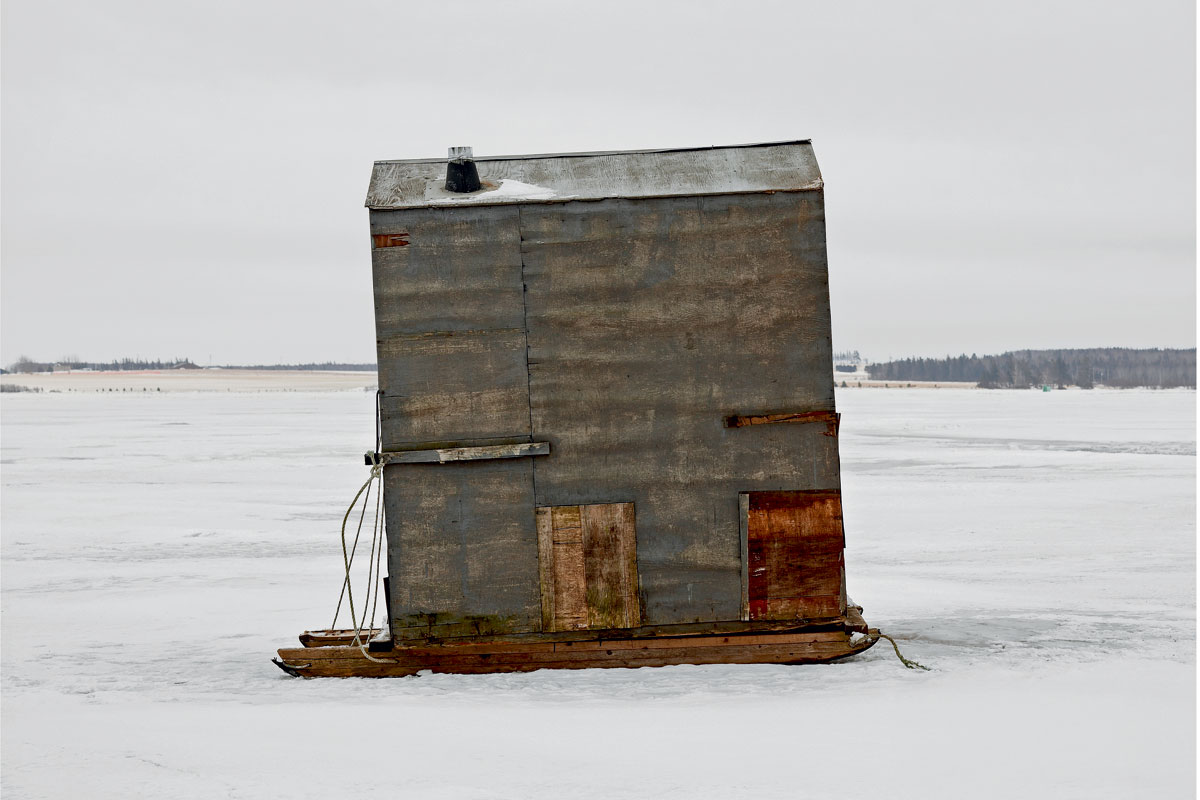The story of ice before home freezers The ice harvest Modern International and American history
Table Of Content

Build a rectangular framework of 2 x 4’s, 10 to 20 inches (or big enough for a man to walk through) in from each outside wall. Board up this inside box, put a ceiling on it and frame out a door to match the one in the outside wall. You’ll naturally want to determine how big to make your ice house before you start gathering the necessary materials for its construction . Which, in turn, hinges on the number in your family and their consumption habits. One source states that and average family should pack away between 500 and 700 cubic, feet (10 to 14 tons) of ice a year. That’ll take an ice house with inside dimensions of 12 x 12 x 8 or 10 x 14 x 8.
Ice Houses in the South

“I thought, if somebody’s taking care of the baby, they have a space where they can come and feel like it’s a retreat,” Sabatella says. The designer outfitted a door handcrafted in India with a vintage mirror to create a one of a kind headboard and bathed the space in deep emerald green. The glamorous touches continue in the ensuite bath, where Sabatella added a custom mirror-tiled tub that plays off the vintage French tile floor. A palette of whites, deep blues, and gold creates an elegant atmosphere in the formal living room, which was designed by Rachel Duarte. The designer established two seating areas within the space, including a cozy gathering spot with chaise longues that flank the original carved marble fireplace. The room’s coffered ceilings were enhanced with a faux-wood decorative painting by Jhon Ardilla.
What An Adventure! Photos Of Ice House Being Pulled Up From MN Lake - 98.1 - Minnesota's New Country
What An Adventure! Photos Of Ice House Being Pulled Up From MN Lake.
Posted: Sun, 11 Feb 2024 08:00:00 GMT [source]
The Future of Texas Icehouses
In winter months, ice was chipped from a lake surface and often dragged by sled to the ice house. In summer months, icemen delivered it to residences in ice-wagons; the ice would then be stored in an icebox, which was used much like a modern refrigerator. An ice house, or icehouse, is a building used to store ice throughout the year, commonly used prior to the invention of the refrigerator. Some were underground chambers, usually man-made, close to natural sources of winter ice such as freshwater lakes, but many were buildings with various types of insulation. The original Ice House (c. 1820) was about 18 feet deep and filled with ice blocks shipped from the North during the winter.
What Exactly Is A Texas Icehouse?
This factory-produced ice impacted the interstate ice trade, which began a steep decline in the 1880s. By the 1920s, the convenience of weekly deliveries by local ice plants had completely ended the need for large, seasonal ice deliveries and storage in large ice houses. Within a decade, the advent of early electric refrigerators began replacing the need for regular ice purchasing and delivery.
Alternatively, if the temperature is cold enough, a snowy surface could be flooded to produce a thicker layer of ice. Ice harvesting generally involved waiting until approximately a foot of ice had built up on the water surface in the winter. The occupation of ice delivery lives on through Amish communities, where ice is commonly delivered by truck and used to cool food and other perishables.
The ice house formerly known as Kensington – The Livingston Post.com - The Livingston Post.com
The ice house formerly known as Kensington – The Livingston Post.com.
Posted: Wed, 21 Feb 2024 08:00:00 GMT [source]
The impact of ice houses on food preservation and transportation cannot be overstated. They revolutionized the way food was stored, transported, and consumed during the 19th century, contributing to improved dietary options, reduced food waste, and increased access to fresh produce. This innovation laid the foundation for the modern cold chain logistics system still used today. Prior to the availability of ice houses, food preservation relied heavily on salting, smoking, and drying techniques, which were not always effective at preventing spoilage. However, with the introduction of ice houses, fresh food could be kept at lower temperatures, slowing down bacterial growth and extending its shelf life.
Prior to the Civil War, ice houses were constructed across the South to store foods and other perishable items. These buildings were filled during the winter months with blocks of natural ice from local lakes and streams or brought down the Mississippi River from ice ponds in the upper Midwest. Overall, the construction of ice houses in the 19th century was a labor-intensive process that required careful planning and attention to insulation techniques. These structures played a crucial role in preserving ice for use in various industries, such as food preservation and beverage cooling, before modern refrigeration methods were introduced. Ice from northern regions, such as New England and Canada, was transported to other parts of the world, including cities like New York and London.
How This Desert City Stays Cool With An Ancient Air Conditioning System
Obviously, icehouse visitors don’t need giant blocks of ice for refrigeration purposes anymore, but they still love the warm, unpretentious vibe of these outdoor gathering places. The fact that icehouses are generally independently-owned also helps them directly contribute to their communities’ success. "Being a patron helps to keep dollars local and helps promote a sense of community,” explains chef and restaurateur Daniel Wolfe of City Cellars and Wolfe & Wine in Houston. Put down one layer of ice at a time, pack each block in sawdust and make sure it doesn’t touch its neighbors.
Ice houses served as the storage facilities for this harvested ice. The ice would be packed tightly in layers with insulating materials, such as straw or sawdust, to slow down melting. From the ice houses, the ice would be transported via ships or trains to different markets, where it was sold to households, businesses, and industries. Ice caves, ice pits, and spring houses have existed since ancient times around the world, but the development of the ice house was uniquely American. During the 1700s, New England farmers cut ice from their ponds and rivers to preserve their fruit and vegetables in underground ice houses and drinks were known to be served with ice during colonial times. By the early 1800s, the ice trade developed as ships carried New England ice, insulated in sawdust, to the American South.
Native California wildflowers accent the Arroyo Vista Garden, which was designed with fire safety in mind. Landscape architect Elisa Read Pappaterra filled the center fountain with cascading succulents. Bursts of hot pink and apple green energize Steven Cordrey’s design for the home’s veranda. Hand-beaded light fixtures illuminate the seating areas, which feature tables and chairs from Janus et Cie’s Amalfi Coast outdoor collection. Visitors are greeted by a soothing waterscape and garden by Chad Morrill of California Waterscapes, Inc.
Being who he was, a philanthropist, and knowledge seeker Jefferson no doubt waited patiently for his experiment to unfold. He wasn’t around when the first ice house on his property was built; rather he monitored the progress from Philadelphia in 1803. Yet letters were constant between himself and the people at his estate, because he knew that the harvest of ice would allow him to have cold drinks in the summer as well as cool desserts. Cold, heavy, backbreaking work - ice was worth it not only for the famous American President and creator of the Declaration of Independence. As they freeze winter sports enthusiasts begin to dust off their ice skates and ice fishing utensils. Suddenly, it is time to play and ice makes a great place for skating.
Comments
Post a Comment